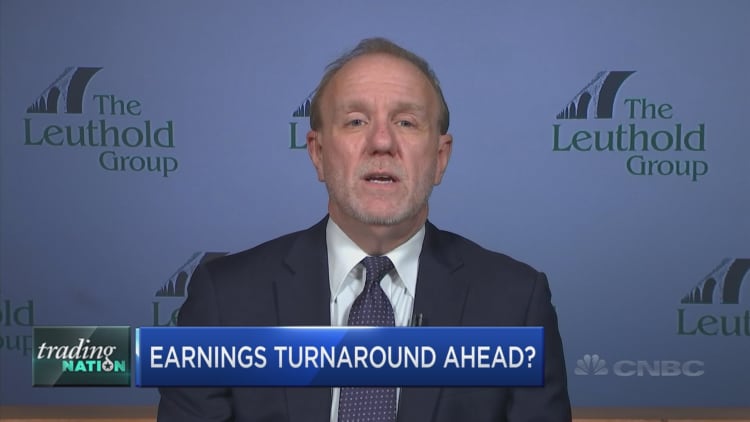Low global corporate profit growth forewarns possible earnings and economic recessions as leveraging worsens, according to S&P Global Ratings.
In a report published Tuesday, the ratings agency analyzed the corporate debt, leveraging and earnings trends of over 20,000 mostly medium-sized non-financial companies globally.
"Corporate leverage is worsening in 2019 as debt rises faster than earnings for non-financial companies," said S&P Global Ratings Credit Analyst Terry Chan.
"Very low global corporate profit growth (1%) forewarns possible earnings and economic recessions."
The report revealed that debt and earnings rose in tandem between 2011 and 2017, but the trend diverged in the first half of this year, with debt growth surging while earnings growth fell. It went on to warn that weak earnings growth threatens to drive up corporate leverage. S&P analysts recently raised the risk of a U.S. recession in the next 12 months to 30-35%.
Of the companies analyzed, 85% are unrated by S&P, but its rated portfolio typically consisting of larger firms showed a similar trend. Although projecting improving earnings growth for the rated portfolio in 2019 compared to last year, while the unrated sample is declining, debt growth among the larger companies is predicted to accelerate at a faster rate than earnings.

While expected to moderate in 2020-21, if this trend was to continue, it would increase leverage as measured by ratios of debt-to-EBITDA (earnings before interest, tax, depreciation and amortization), according to the report.
"While low interest rates are keeping speculative-grade default rate low (at 2.1% in first-half 2019), high debt levels and slowing economies portend a future spike," Chan added.
Default rates are likely to be higher in the unrated sample, with the companies analyzed carrying a gross debt of $30 trillion, equivalent to around 40% of estimated global non-financial corporate debt. The sample averaged a debt-to-earnings ratio of 4.7 times.
The report contended that these medium-sized enterprises are more likely than their established larger counterparts to serve as the "canary in the coal mine."

Of this sample, the Asia-Pacific region weighed most heavily on global earnings growth, which S&P economists attributed to China's economic slowdown, while Europe and Latin America were roughly flat.
Chan suggested two possible market-driven reasons for the rising debt in the first half of 2019.
"Firstly, borrowers returned to market after having been sidelined by a partial shutdown in the U.S. non-investment grade corporate bond market in the fourth quarter of 2018," he said.
Second, moves by the Federal Reserve so far in 2019 have given investors and lenders reason to expect a "lower for longer" environment on interest rates. Taken together, the market has seen a windfall of "willing borrowers and willing lenders."


